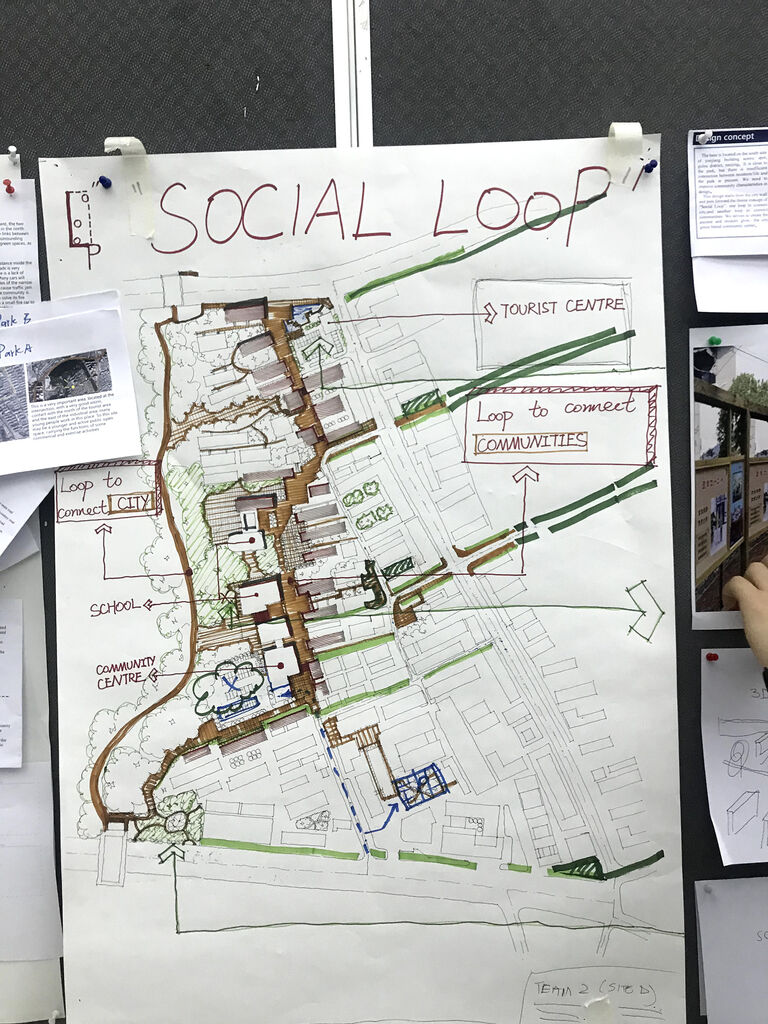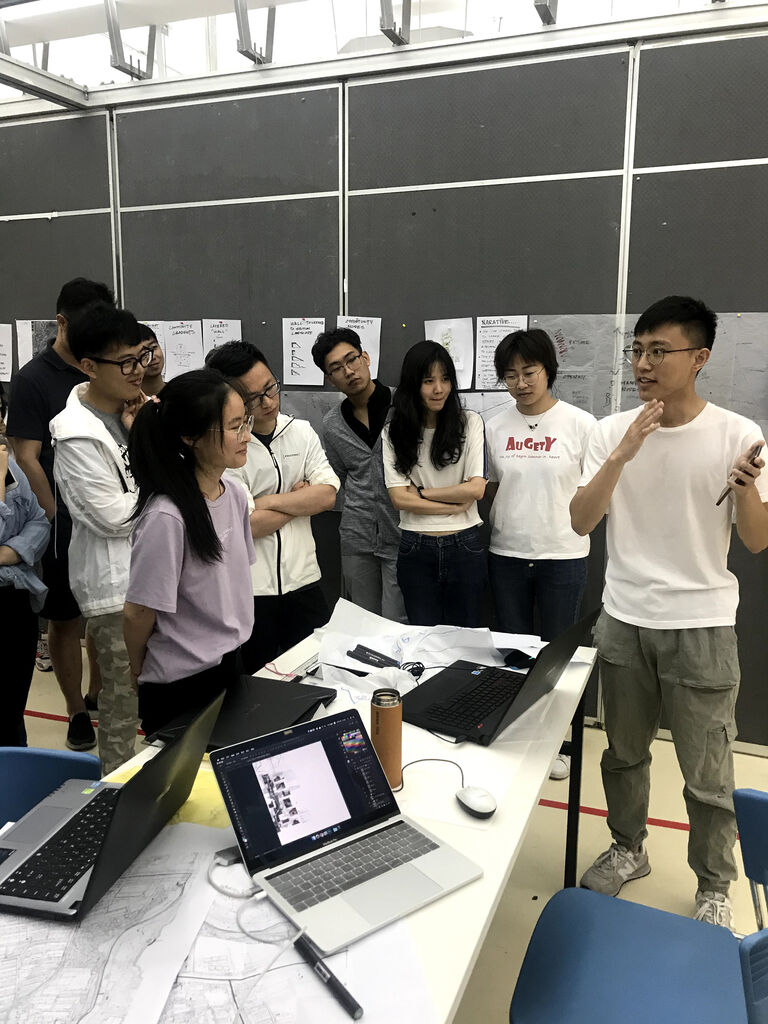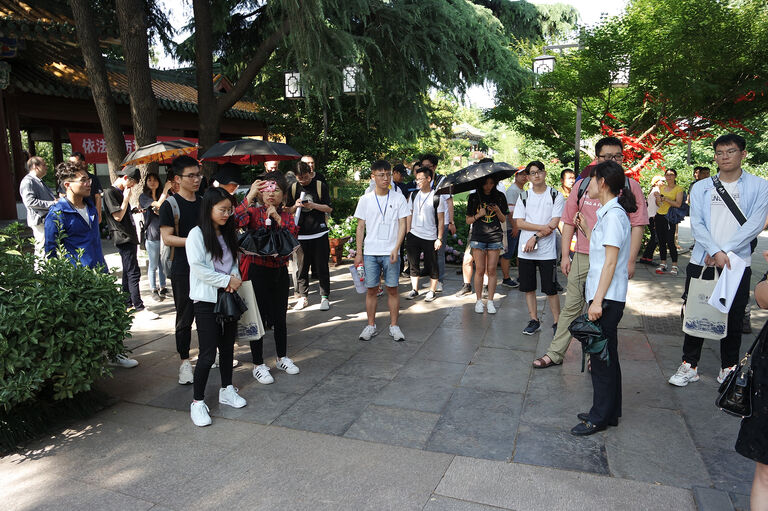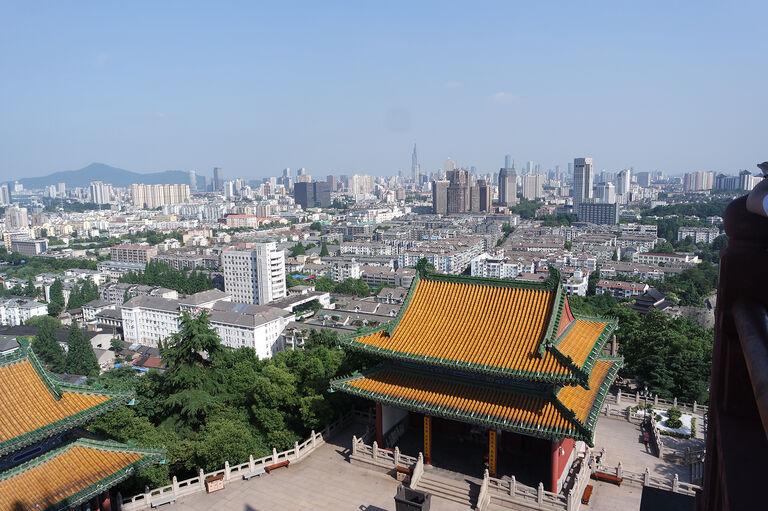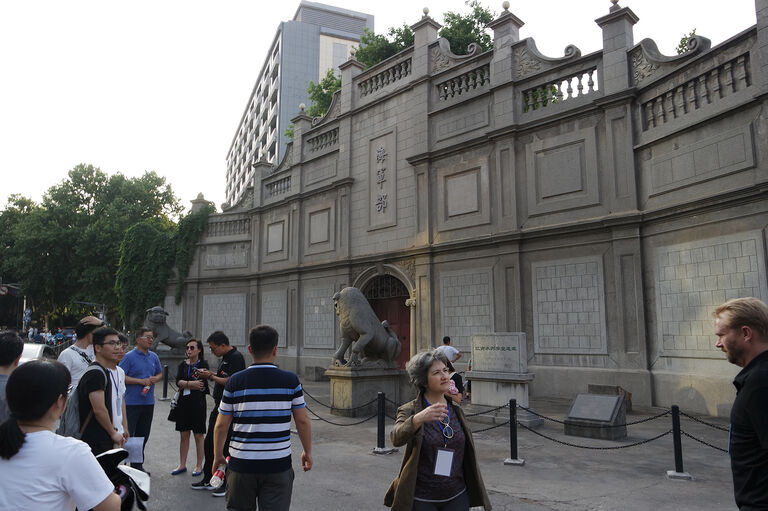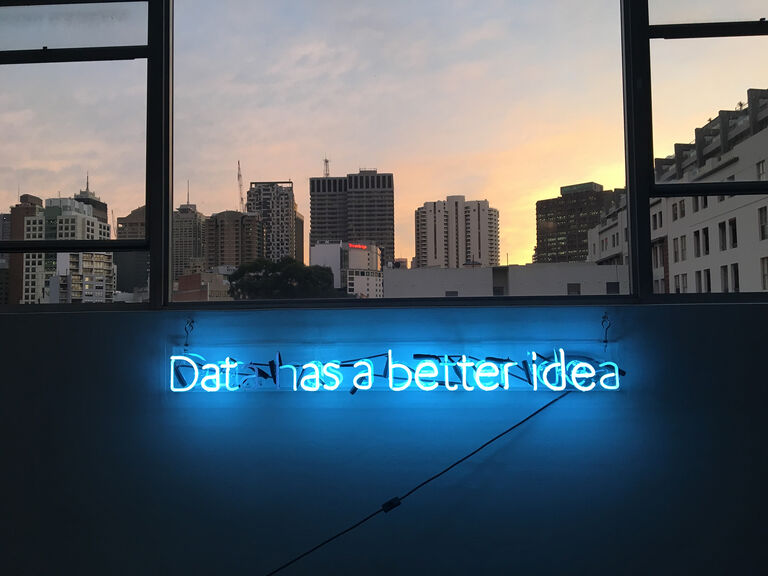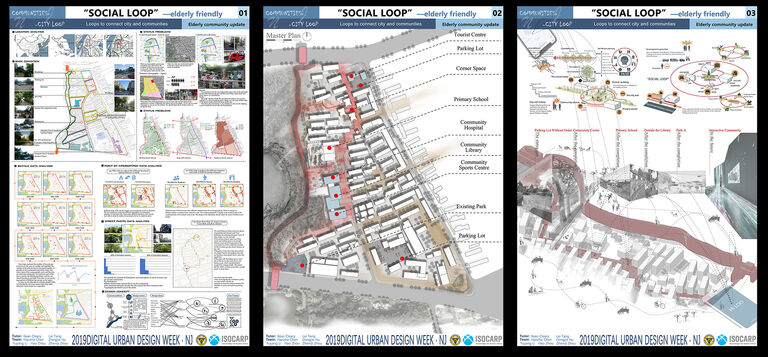It would surprise many though that this isn’t always the way that things are done. Instead large parts of cities or whole new neighbourhoods are designed on the whim and intuition of architects, urban designers and planners. Sometimes it has worked; but too often it has failed and the scars of poor city planning are felt across the UK and around the world.
A different approach began to emerge in the 1960s with the pioneering work of Jane Jacobs and her seminal book The Death and Life of Great American Cities, which advocated the observation of daily life and designing for people based on these observations.
Whilst this new observational approach of ‘people-oriented’ cities took a while to gain traction, it slowly built momentum through other advocates and inspired other urbanists such as Jan Gehl who became known in the 1970s and ‘80s for his meticulous recording of public spaces, spending hours watching how people moved through, lingered and used space.
Move on another 30 years and things have changed drastically. We no longer need to physically sit in a space and collect information, instead our cities are collecting data for us at an unprecedented pace through embedded sensors, mobile phone data and the ominous ‘Internet of Things’. If all of this information was opened up to city planners and urban designers, would we understand the city better and be able to tailor design proposals differently to better serve the needs of the communities touched by the urban renewal process?

